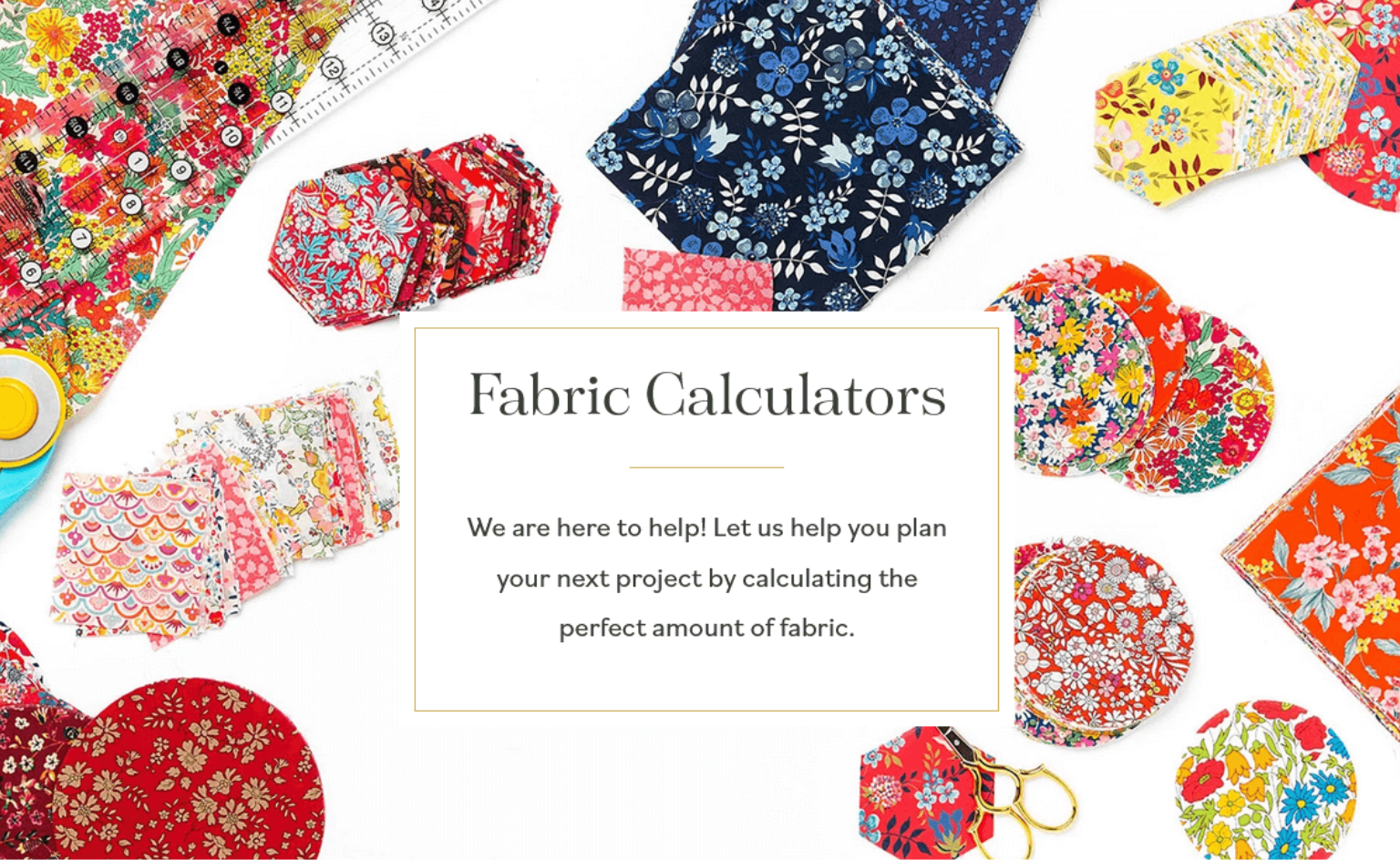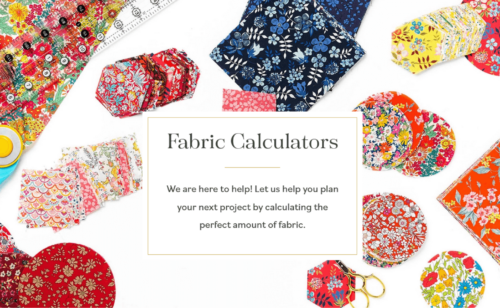How to Recognize Tipping Points In Your Business

I follow Stacie Bloomfield, one of our most recent clients and the founder of Gingiber, on Instagram. She recently posted about taking her business to the next level, and I wanted to share what she wrote with you.
My dream is to take Gingiber and to turn it into a huge company. I want to see our wholesale business double this year, and then continue to grow. I want to to find amazing big partnerships that will be the perfect match for Gingiber. I want to be on a Target end cap. I want to develop the best products possible for those customers who found Gingiber because of my nursery illustrations, and have them continue to engage with our brand for years to come after.
I want to write books! I want to scale up. Big time. And I feel like my foot is on the accelerator, and it feels like such an amazing time to just dream of the future for my little company. You know, the one I created because I was pregnant with my first kiddo and couldn’t find nursery art that I liked, so I made my own. I believe success is mostly hard work, but really there is some luck mixed in. I’m ready for all the pieces to fall into place. I’m gonna take Gingiber to the next level. Thanks for your support and for following along! I’m so excited for what is in store!
This inspired me because Stacie has already accomplished so much, yet she never stops dreaming and doing. I know some of you sometimes feel stuck in various stages of your business, so I asked Stacie if we could interview her about how she recognizes and pursues these areas for growth.
Aeolidia: You started your business when you couldn’t find nursery art that you liked. But your product offerings definitely expand beyond nursery art today! Did you have a full vision for all the products you wanted to create when you were just getting started?
Stacie: When I started my business all those years ago (2009), all I wanted to accomplish was to decorate my daughter’s room. I had never considered the idea of creating a product-based business. However, once I started selling my art prints online on Etsy, I began to listen to customer feedback and suggestions about the other products they would love to have my designs on: clothing, pillows, calendars, cards, tea towels, etc. I took that feedback and explored further what I would actually enjoy creating and what I needed to ignore.
You’re in a pretty competitive space. There are a lot of other businesses that sell tea towels, greeting cards, art prints, etc. How do you differentiate yourself? What makes the Gingiber brand unique?
You are right, it is so competitive! I feel like what makes Gingiber unique is that I have a distinctive illustration style and have built brand legitimacy over the years with press coverage and successful partnerships with other companies. Perhaps to Gingiber’s detriment, the company is me and I am Gingiber. It’s such an extension of myself, my tastes, my interests, etc. The goal going forward is to keep pushing what works for Gingiber (the cute animals, the colors, and the patterns) and find a new spin on how to put products in the market that feel fresh and different.
For weekly tips like this, subscribe to our newsletter
"*" indicates required fields
How did you get to 22,000 Instagram followers? Specifically, what were some of the breakthrough moments that lead to the most growth for you on Instagram? Was it something you had to work at, or did it happen naturally?
My Instagram growth has been completely organic and slow. I mean, to me 22,000 doesn’t feel huge because I look around and see brands much younger than mine that have exploded with 100,000 followers. (Note to self: stop looking around and comparing!)
Earlier in the Instagram days I was within a small community of makers and brands who all supported and promoted each other’s brands. It was a time when you felt like you had enough wiggle room to use your valuable social media posts to promote other brands. Now, I feel like Instagram is so much more competitive that people aren’t as free to promote other brands as much as trying to keep their own narrative cohesive and clear. I tend to see a surge in followers when we announce a new product partnership or if a prominent social media account lists us in their comments.
Honestly, I wish I could grow faster. I lose and gain followers every day. I used to have one of those horrible apps that would show who unfollowed me, and that just hurts my heart too much! So, I deleted that app and decided to move forward. To me, the story of Gingiber’s growth is a slow and steady one. A year ago I think I had about 17,000 Instagram followers, so we are still growing, but trying to find the best way to engage our audience.

We’ve been talking on our blog and Facebook group recently about how to expand your business beyond Etsy. Your products have been featured in Martha Stewart.com, Better Homes and Gardens and Country Living, and you’ve done collaborations with Land of Nod, Moda Fabric and West Elm, just to name a few. What have been the things that have helped you achieve that spotlight and success, while others who have similar businesses find themselves perhaps “stuck” at the craft fair level?
Years ago, at the height of my Etsy success, I decided to take the plunge and start our own Gingiber website. I was scared, but I remember being encouraged by Amy from June and January that a good business needs to stand on its own and not have Etsy as the sole source of sales and traffic. Etsy can be helpful in the case of being discovered by publications and influencers, but I feel like that is changing over time. Much of my early press coverage came from Etsy, honestly. Wholesalers found me through it. Partnerships came from it. However, I decided early on that I would treat Gingiber as seriously as possible as a business and work like crazy to drive my brand forward.
I have always bet on myself. I know that if I am given an opportunity, I will work like crazy to put my best foot forward and to create a great finished product or illustration. I realized that I could create opportunities myself if I simply put myself out there. I began pitching my work and my brand to other companies, and used one great piece of press coverage to leverage the next partnership.
The first scary email I ever sent was directly to The Land of Nod. I put some images in the body of the email, gave an elevator pitch, and told them of my press coverage and how I knew I was the perfect match for their brand. Shockingly, they wrote back and said yes. I ran with it and treated that first collaboration with the utmost care. I had no idea what I was doing, honestly, but I learned as I went and was confident that I could figure out product design and layout. That first yes was like a gust of wind that propelled me forward and gave me courage to keep pitching myself.
I still love to do craft shows. I do them to keep connected to the maker community and my local audience. I feel it is so important. Seriously. And I have lots of colleagues who do so many more shows than I do and kill it. There is value in that path.
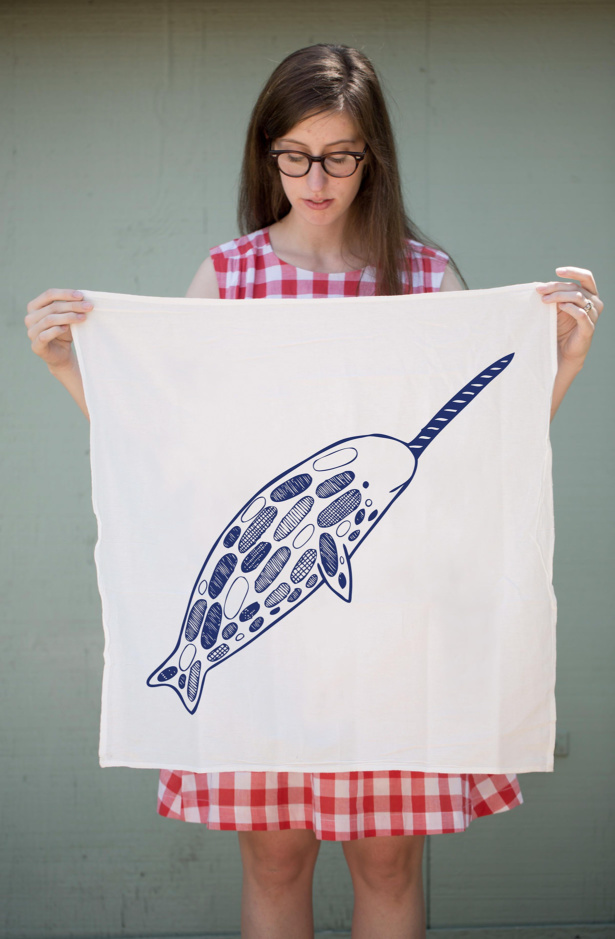
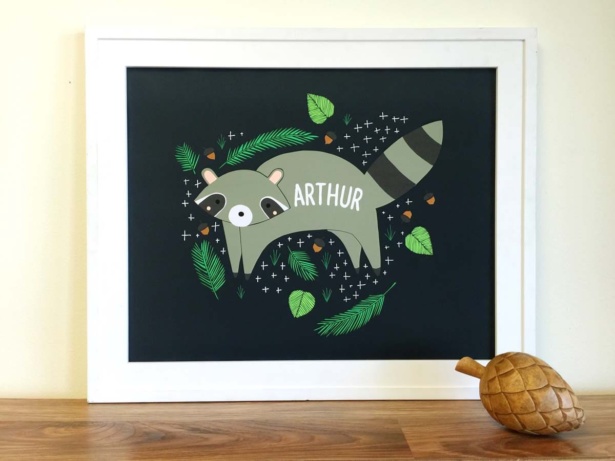
What advice do you have for business owners who are seeking similar breakthroughs?
Not every email is returned with a yes. I’ve made a practice of every time I get a “no,” I immediately pitch myself to someone else to keep momentum.
What do you think have been the smartest decisions you’ve made in order to take your business to the next level?
The smartest decision I ever made was to say yes to things even when I was scared. I’ve learned to treat each opportunity, big or small, as a chance to further the Gingiber brand. My first scary step was quitting my day job. But, I had worked for 2 years part time and waited to quit until I had replaced my income with the money I was making from Gingiber. I will be completely honest that it hasn’t all been smooth. I’ve lost accounts. I’ve fumbled big opportunities simply because I didn’t understand the scope of a project. I’ve learned from it. There have been some big embarrassments over the years.
A year ago, I was at my lowest point emotionally running the business. I had made a business decision that had not paid off, and I was questioning my place in this small business world. Then I got an email that I almost didn’t open about a 16-week business course through the SBA for companies like mine within a certain income and age range. I was invited to interview for a spot in that class, but I felt like I didn’t have it in me to take it because I was weary and doubting myself. However, I cleared my head and remembered, “This is an opportunity to grow and try something new.” So I went to that interview, got a spot in that 16-week small business course, and it changed my life and the way I run my business.
I remember prior to the course thinking of shutting down Gingiber. Not kidding. The truth is that I simply needed the tools to learn how to run a business, not just a creative hobby. I think everyone who runs a creative business should find conferences, classes, continued education, etc., in order to get a better handle on what your goals are and how you can get there.
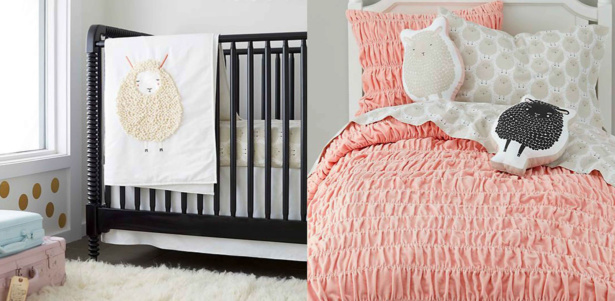
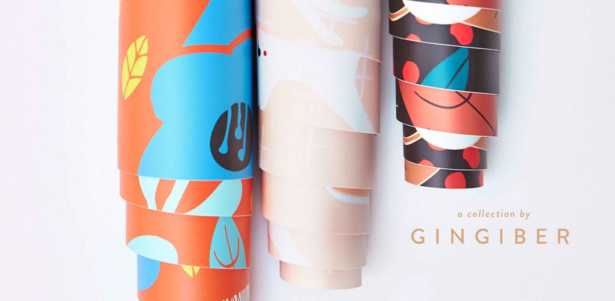

Have you made decisions that you’ve regretted or that have held you back?
Yes, so many! Early in my licensing career a big company hired me to design something for them. They said it was going to be a huge launch and really get my brand out there. However, I had just had a baby and wasn’t putting my best work out there.
In hindsight, I should have said no and built a relationship with this company, then re-approached them once I was done with maternity leave. I felt like I had to say yes because it was an opportunity, but in all honesty I had too much on my plate.
The work wasn’t great, and that relationship didn’t grow. It was a fear-based “yes,” not a brave “yes.” I think about this often when I want to pursue new projects or partnerships. Do I have the time to truly invest in this partnership? Is it going to be my best work? In fact, I am sitting on several projects right now, not starting them, because I need to create the space for it in my schedule.
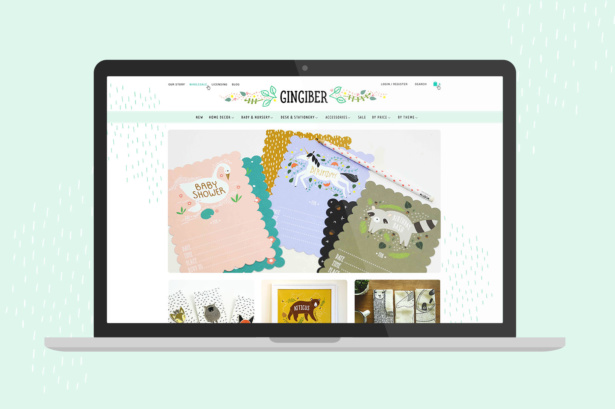
It was such a joy to be able to design the new Gingiber website here at Aeolidia! When did you realize it was time for a new website?
I’ve known that I needed a new website for years. It is an investment for sure. I knew that a site had to happen this year no matter what, so we saved and earmarked money last year to try and make it happen.
Did you feel like the old website was holding you back? Were there things you were waiting to do until the new website was finished, and what were they?
Our old site wasn’t telling the Gingiber story, and I feel like we sell and do lots of cool things! The old website was like white bread. It had no personality! We were just selling on it, not telling a story. Not blogging. Not talking about licensing or wholesale. The new site has a licensing gallery that is for our design partners. We have revived the blog. We are also creating a wholesale website so our 300 retailers can order directly from us online rather than emailing an order.
You recently wrote an Instagram post about your dreams for Gingiber that included having your products featured on a Target end cap. A lot of business owners have similar dreams, but you have a knack for getting yourself where you want to go. What’s your secret?
My secret is that I 100% will put in the work to try and make my dreams a reality, and I will be tenacious. I’m like a (polite) dog with a bone. I decided long ago that the only thing holding me back was fear, so now I feel fearless when it comes to pitching myself to companies or exploring new products to launch.
I value the process of building industry relationships. We are in a relationship business. We want to build a relationship with our customers. We want to view our contemporaries as being a part of a big community, not competitors. I do my darnedest to be professional and meet deadlines. I am open to feedback and criticism and adjust when needed, but honestly, I feel confident that Gingiber has nowhere to go but up!
I am completely prepared that my company will look different 5 years from now and that part of running these types of business is the ability to pivot when trends change. For instance, I used to sell pillows like crazy. Then the market became saturated, and I watched and reacted and went in the direction that I needed to go in order to stay relevant and profitable.
Another huge component to my brand and how I run it is that I value being vulnerable when things are hard. I try to not shy away from the hard aspects of this industry, and I often share about them on social media. I feel like it has built a type of trust with my customer that is honest and true. I appreciate having that space to just be me and I think it comes through in my brand.
Do you feel like your handmade business is reaching a crossroads? Contact us to discuss how we can help you take your business to the next level.
ROI Calculator

How much money can your website make? Use your own sales numbers to forecast ROI for a web design project with us.
Related Posts
Let's take your online shop to the next level
The Shopify websites we design have a reputation for substantial improvements to ecommerce conversion rates and online sales. Let's talk!


